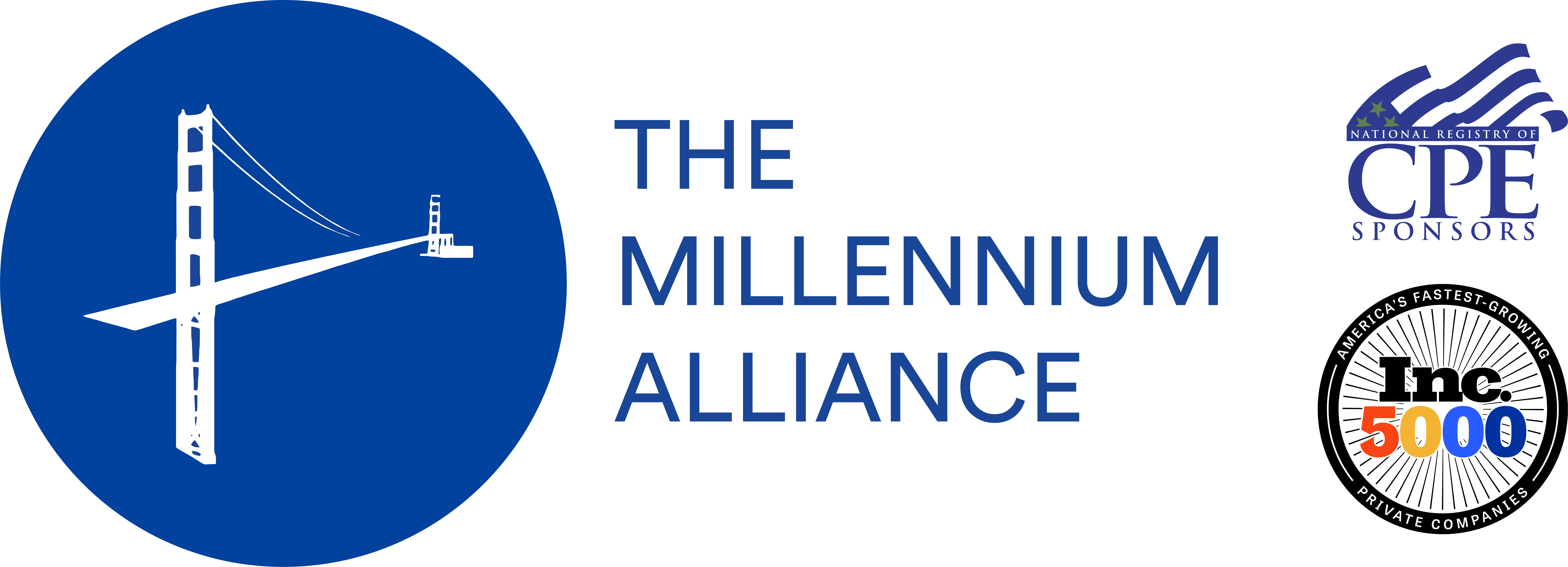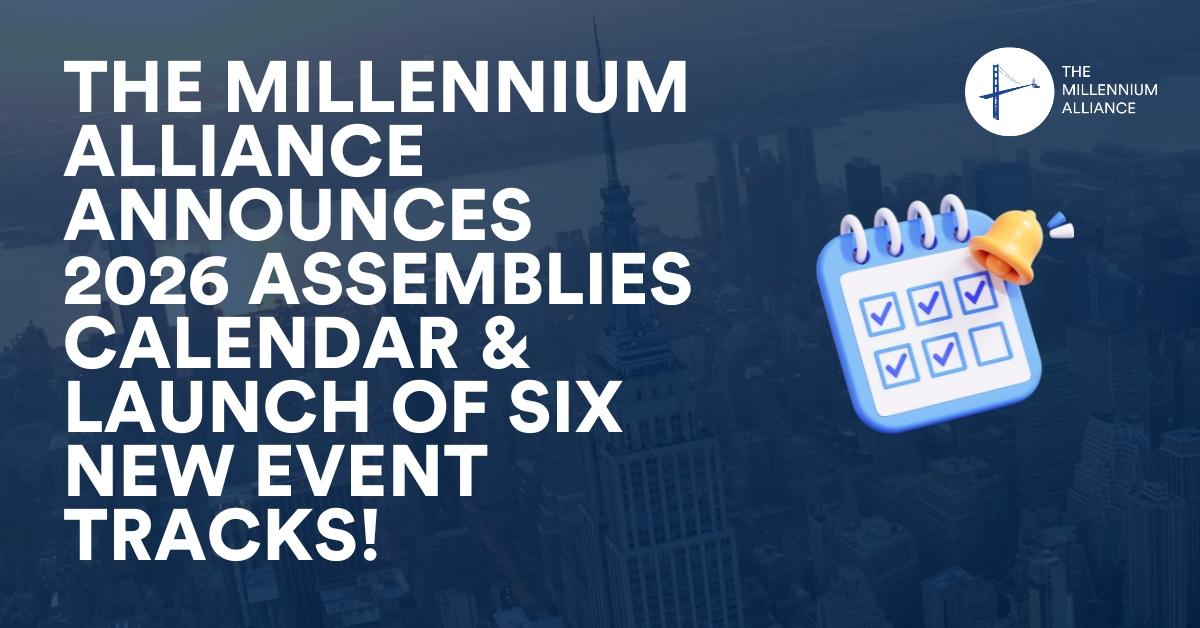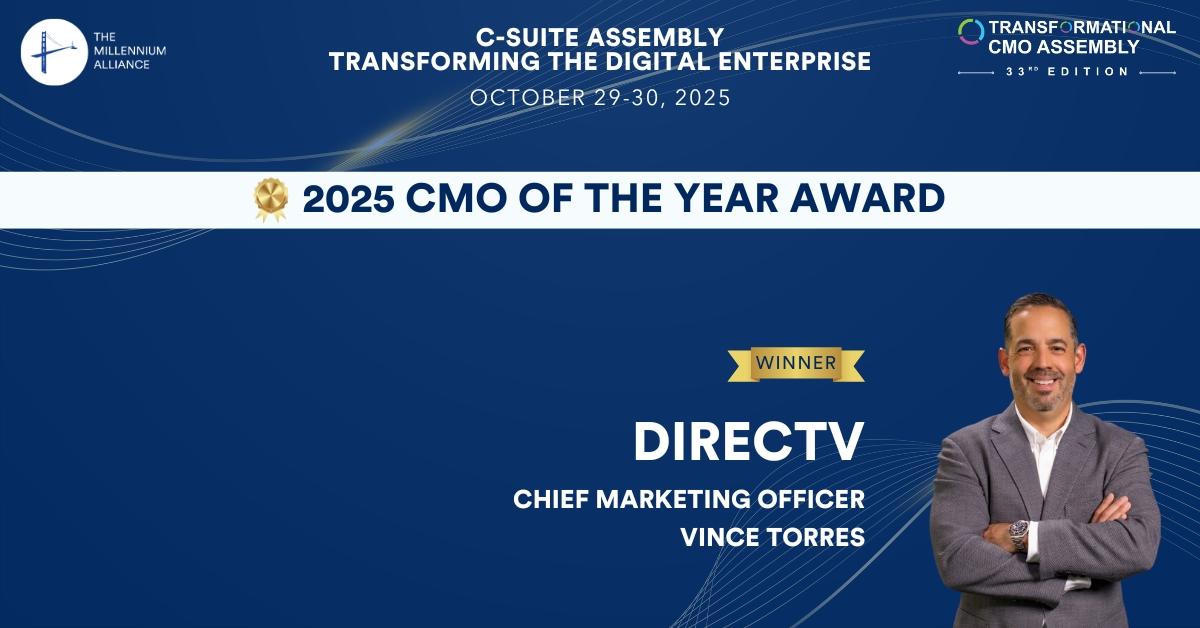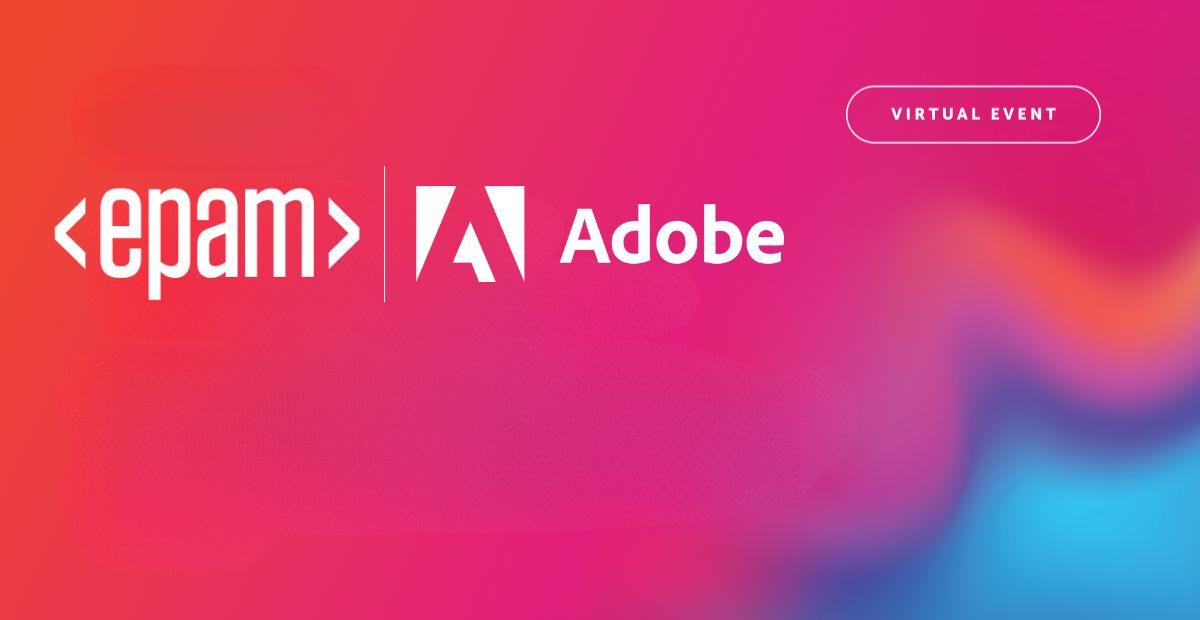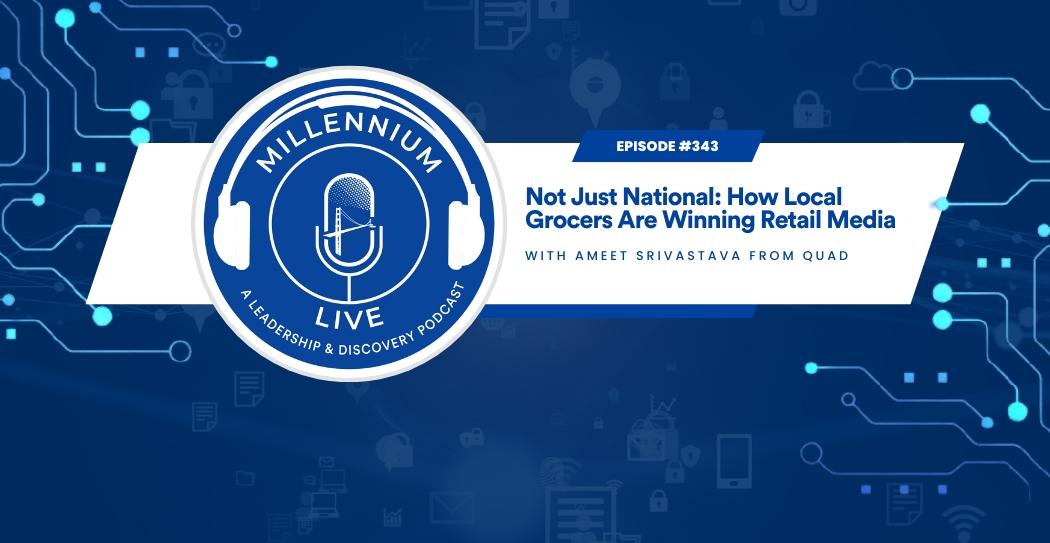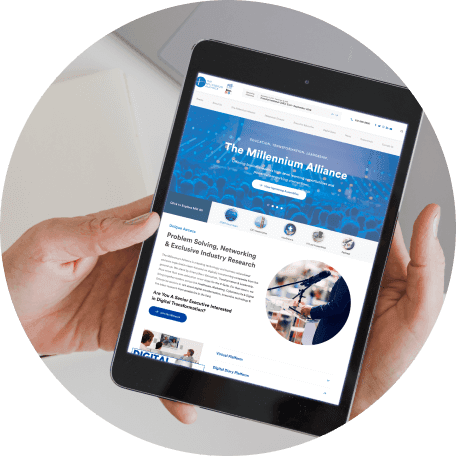Most companies employ product development or operational excellence programs to drive innovation in those areas. But what about innovation in customer experience (CX)? If CX is a top priority for your organization – and it should be, given that leading CX companies build greater customer loyalty, make employees happier, achieve revenue gains of 5-10%, and reduce costs by 15-25%, according to McKinsey — you need to ignite innovation in CX. CX innovation must be a deliberate, distinct, disciplined effort.
CX innovation differs from other kinds of innovation. Instead of starting with a product, service, or core technology, innovation in CX starts with the customer and her journey. Innovation that’s dedicated to CX is new to most organizations, so it won’t just happen — you have to initiate it and then develop it into an ongoing practice. Even if you know that innovation in CX is the primary way to compete and win today, you might not know how to get started. Here are three strategies to spark CX innovation:
1. Start a CX innovation lab
Similar to a product or business innovation lab within a company, a CX innovation lab is a dedicated space, process, or program in which participants focus on identifying, developing and testing new CX ideas. How isolated and independent the lab is from the rest of the organization and its operations can differ significantly and should be based on a company’s existing culture, the priority it places on CX innovation, and the leadership of the lab. But in general, the objective of a CX innovation lab is to facilitate a test-and-learn approach to CX.
The innovation lab at Neiman Marcus, “iLab,” was initiated by the head of the retailer’s IT department, so he located within the IT office space a group of folks dedicated to CX innovation. Although iLab started small with minimal investments and a grass-roots approach to securing support for its work, it operates with two clear criteria for its projects: 1., Does it solve a problem for our customer?; and 2. Does it enhance customer relationship? Although Scott Emmons, iLab’s head says, “Not everything works. Most of the time, it won’t,” the objective is to learn and make innovation a core value at the company.
The group collects ideas from sales associates, company executives who discover new possibilities while traveling, and even solution providers who lend customer insights. Their efforts spawned a CX innovation called “Memory Mirror,” which allowed shoppers to get a 360-degree real time video as they tried on clothes to share with friends. After it was rolled out, though, the team evolved the program as is often the case in innovation labs, and introduced it at Neiman’s beauty counters. Now the “Memory Makeover” allows shoppers to get a video of their makeup application that they can later reference at home or next time when they are shopping.
Canadian Tire, the $12.5-billion parent company of Canadian retailers including SportChek sporting goods stores, Mark’s apparel stores, Gas+ gasoline stations, and the eponymous tire store chain, instituted a different kind of CX innovation lab. It opened several innovation facilities across Canada, staffed by interdisciplinary teams consisting of behavioral scientists, game and virtual-reality developers, and statisticians.The initiative grew out of a partnership the company had with Communitech, a public-private business incubator. After working with the firm as its first retail partner for a couple of years, Canadian Tire branched out on its own, although it located its first lab adjacent to Communitech’s. With its own dedicated spaces and staffs, these labs enabled the company to attract new talent and accelerate innovation development. One of their more ambitious projects was an interactive patio builder that relied on gaming-style 3D graphics and gave customers the option to use an Oculus VR viewfinder to design a new deck for their home.
2. Offer company-wide CX training.
CX is a multidisciplinary effort which impacts and involves all functions of a company. As such, you need to cultivate a CX mindset and skill set throughout your organization.While the marketing and digital teams might require advanced, in-depth training on developing and applying customer insights or working with certain data or platforms, everyone in your organization should at least be exposed to the basics of CX. Everyone needs to know in their heads who your customers are and what their needs and journeys are; they need to be motivated in their hearts to adopt new ways of doing and thinking; and they need to be empowered with their hands and feet to implement new CX programs and work together to support your desired CX. Company-wide training, like the CX Bootcamp that audio technology company Bose Corporation developed, is an effective way to develop the attitudes and behaviors needed for CX innovation. The CX Bootcamp was created to socialize insights about Bose customers throughout the company and ground the entire organization in the needs of its customers. Groups of 50 to 100 Bose employees, from store managers to executive leaders, participated in the multi-day workshops. The Bootcamp was organized into five training modules aligned to behaviors such as empathy and openness, and introduced a common vocabulary and standard frameworks that people could draw upon to work together on CX after the training.UK mobile provider O2 has also used company-wide CX training to advance its CX innovations. To support its strategy of “Customer Led, Mobile First” and to ensure a discipline of customer insight throughout the organization, it rolled out a training program focused on learning a single definition of “customer-led” and understanding the company’s CX principles. Whether customer-facing or not, employees were trained on the principles so they could develop customer data-driven insights and plans going forward.
3. Enroll everyone in solving CX problems.
Although it makes sense for a single department or group to spearhead CX design and development, you can also benefit from democratizing the effort. Not only can people throughout your organization contribute different customer perspectives from their different backgrounds and exposure to customers, they also can contribute a breadth of ideas on what’s possible to meet customers’ needs. You should develop a formal system for encouraging and capturing these inputs. MultiChoice, a South Africa-based satellite TV service, did just that with its #ninetynine campaign. Based on the belief that employees, who already know how important CX is because they are customers themselves, are competent and passionate and want opportunities to solve CX problems, the company started a program in which it published on its intranet 99 customer problems and invited anyone in the organization to suggest solutions. Executives then screened the proposed innovations and decided whether or not to fund their development.For example, one employee who was hard of hearing suggested adding a subtitles icon indicator into the “info” menu – a small, but significant improvement for a segment of customers. Another employee, who had previously identified a solution for transferring content to new devices, participated in the program to elevate the visibility of his proposal and secure the funding to implement it.Although the company didn’t offer any reward or incentive for participating at first, employees jumped on the chance to contribute to customers’ and the company’s success. Eventually as early participants got recognized for their contributions, more and more employees wanted to participate. Clint Payne, MultiChoice’s CX manager, explained the success of the program by saying that, instead of you getting in the way, “employees already know the solutions,” so you only need to give them permission to fix customers’ problems. He said the campaign got employees “out of their comfort zones” and contributed to improved customer results. Kirsty Traill, VP Customer at Hootsuite, pointed to additional benefits of enrolling all employees in CX innovation. “To encourage and instill a strong sense of ownership for CX improvements and democratize CX decision making across all levels of the organization,” was one of the reasons her company instituted its “Owl2Owl” program. Owl2Owl is a peer mentoring program in which employees are matched together not only to learn career advice from each other, but also they are assigned a customer pain point and asked to develop a solution for it. Then each pair has the opportunity to present their innovation to the company’s executive leadership and the top impact proposals are implemented. As a result of engaging employees throughout the company, Hootsuite has identified innovations such as a new content analysis tool and a refresh to the way it calculates its customer health score.
Originally posted on Forbes. Denise Lee Yohn is a brand leadership expert, speaker, and author of What Great Brands Do and FUSION: How Integrating Brand and Culture Powers the World’s Greatest Companies. Denise sits on The Millennium Alliance Advisory Board.

